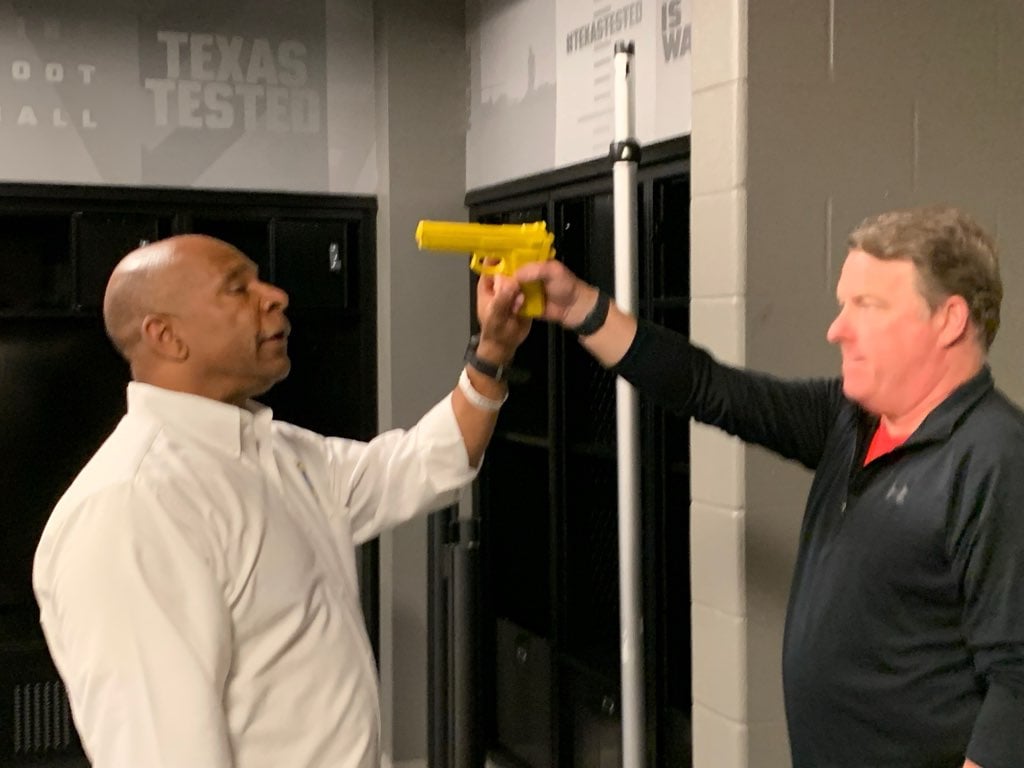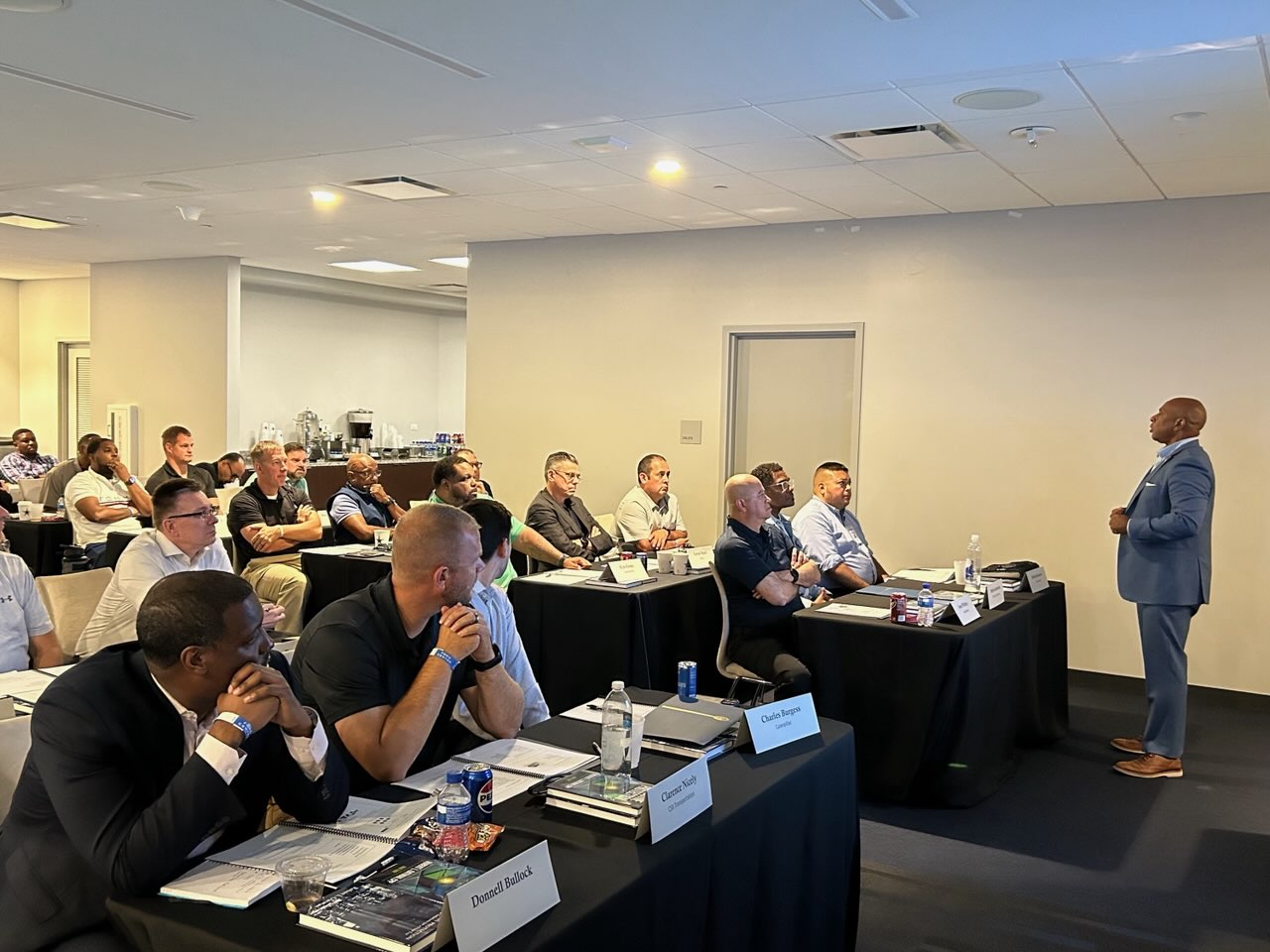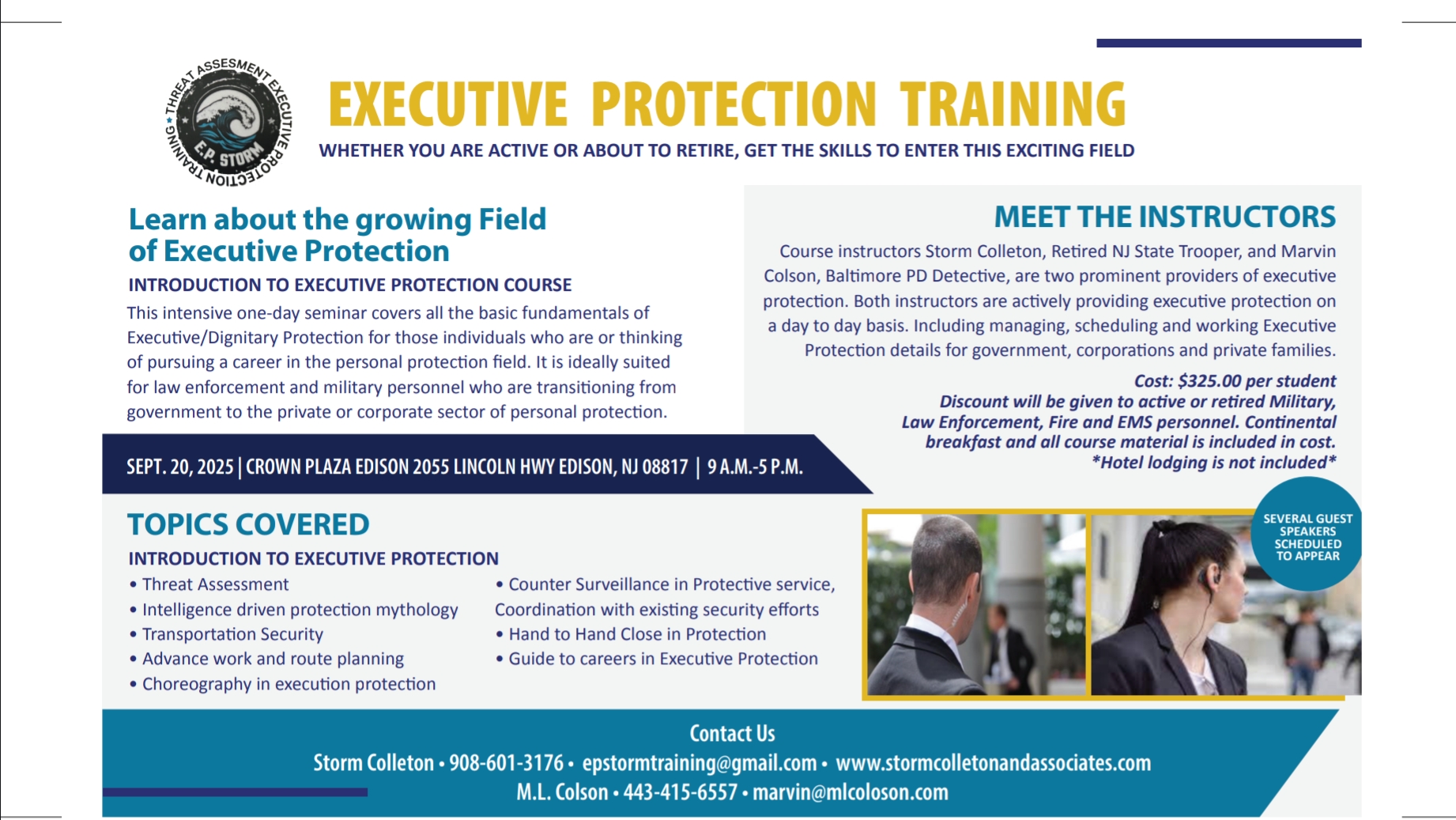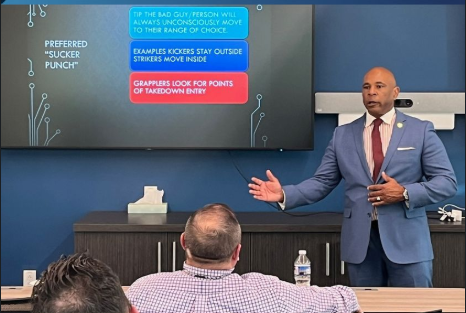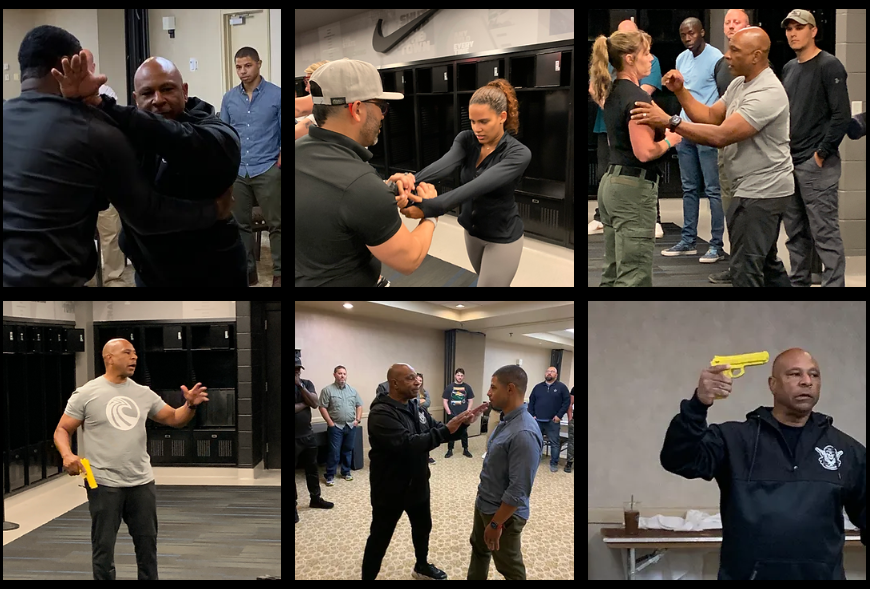

Lately, there has been a growing demand for executive protection services for faith-based leaders, reflecting the increasing safety concerns faced by religious institutions. With unfortunate incidents of violence and hate crimes in places of worship making the news, many organizations are wisely seeking professional security services to protect their leaders and communities. This article explores the crucial importance of executive protection for faith-based leaders and shares valuable best practices from the industry. It's encouraging to see organizations prioritize safety and well-being in these challenging times! Ensuring the security of leaders allows them to focus on their mission without distractions.
Faith-based leaders are vital cornerstones of their communities, offering invaluable guidance, comfort, and spiritual leadership to their congregants. These leaders often stand as the public representatives of their faith communities, advocating passionately for social justice, peace, and moral integrity. However, their visibility comes with significant risks, making them targets for various threats, such as physical violence, harassment, and focused attacks. The alarming rise in violence directed at religious leaders and places of worship—evident in recent shootings and hate-fueled crimes—underscores the urgent need for enhanced protective services. We must take action to support these leaders and safeguard the sanctuaries they provide for our communities.
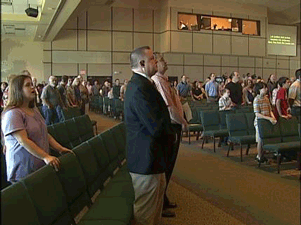
Best Practices for Executive Protection Services for Faith-Based Leaders
To guarantee the utmost protection for faith-based leaders, it is vital to hire a security firm that specializes in providing services to religious organizations. Selecting a firm with a proven track record in this area not only enhances safety but also fosters a secure environment for worship and community activities. By following these best practices, you can ensure the safety and well-being of your faith community.
1. Conduct a Threat Assessment
A practical threat assessment is the cornerstone of any successful executive protection strategy. Before deploying security personnel, it is essential to thoroughly assess the potential risks and vulnerabilities specific to the place of worship. Consider critical factors such as the facility's location, the size of the congregation, any history of threats or violent incidents, and nearby environmental factors that could heighten security risks. By identifying these areas of concern, we can ensure a safer environment for all.
2. Develop an Effective Security Plan
In light of the findings from the threat assessment, it is crucial to create a comprehensive security plan. This plan will strategically deploy security personnel while implementing essential physical and technological security measures. Incorporating tools like metal detectors, access control systems, surveillance cameras, and communication devices will not only enhance safety but also foster a secure environment for everyone involved. Prioritizing these measures demonstrates a commitment to protection and peace of mind.
3. Train Security Personnel
The training of security personnel is essential for delivering outstanding executive protection. Team members must receive specialized training in key areas, including situational awareness, threat identification, conflict de-escalation, and crisis management. Furthermore, incorporating cultural sensitivity training is critical to ensure that security staff engage with the faith-based community they serve in a respectful and understanding manner. Investing in this comprehensive training will enhance the effectiveness and professionalism of your security team, ultimately fostering trust and safety.
4. Embrace Technology
Integrating advanced technology can dramatically enhance the effectiveness of executive protection services. For instance, surveillance cameras are invaluable tools that provide real-time monitoring of activities within and around places of worship, creating a visual record that is essential for incident response and management. Furthermore, the installation of panic buttons and emergency alert systems empowers security personnel and local authorities to be instantly notified of potential threats, facilitating a swift and coordinated response to ensure safety and security.
5. Conduct Regular Evaluations
To ensure the executive protection program remains effective, regular evaluations are crucial. By actively seeking feedback from congregants through surveys, reviewing security protocols, and staying informed about emerging threats and shifts in the environment, we can refine our security measures to serve our faith-based community better. Continuous assessments are vital in refining and enhancing our protective strategies, ensuring they consistently meet the evolving needs of those we serve.
Conclusion
Executive protection services play a crucial role in safeguarding faith-based leaders and ensuring that houses of worship remain safe spaces for worship and community activities. By implementing best practices such as thorough threat assessments, detailed security planning, personnel training, the use of advanced technologies, and ongoing evaluations, religious institutions can create an environment where leaders and congregants can thrive without fear of harm. Ultimately, the goal of executive protection is not only to provide physical security but also to create a secure and welcoming atmosphere where all community members feel safe.

